What is aquaphobia?
Aquaphobia is a particular fear. This is a nonsensical dread of something that doesn't cause a lot of risks. You may have aquaphobia on the off chance that you track down that any wellspring of water causes you an exorbitant measure of tension. This can incorporate a pool, a lake, a sea, or even a bath.
Aquaphobia is frequently confused with another fear called hydrophobia. Even though the two of them include water, aquaphobia and hydrophobia aren't something very similar.
Hydrophobia is a repugnance for water that creates in people during the later phases of rabies.
The National Institute of Mental Health appraises that particular fears influence 19.2 million grown-ups in the United States. Ladies are twice as liable to encounter them than men.
While water is considered by numerous individuals as a wellspring of outrageous fun and happiness, for certain individuals visiting places like water parks or coastline is not exactly a bad dream. Such individuals face a limited, unreasonable, and industrious danger of water known as 'aquaphobia'. It's a genuinely normal dread that varies in seriousness from one individual to another. Going through streams, going close to pools, water bodies, or in any event, entering a bath may appear to be hazardous to certain individuals. At times even a glance at a water body, for example, a sea or waterway may cause fear.
Aquaphobia (from Latin 'water', and Ancient Greek φόβος (phóbos) 'dread') is a nonsensical dread of water.
Aquaphobia is viewed as a Specific Phobia of indigenous habitat types in the Diagnostic and Statistical Manual of Mental Disorders. A particular fear is an exceptional dread of something that presents next to zero real risks.
Derivation
The right Greek-determined term for "water-dread" is hydrophobia, from ὕδωρ (hudōr), "water" and φόβος (photos), "dread". Notwithstanding, this word has for quite some time been utilized in English to allude explicitly to a manifestation of later-stage rabies, which shows itself in people as trouble in gulping, dread when given fluids to drink, and a failure to extinguish one's thirst.
What causes aquaphobia?
The reasons for explicit fears aren't surely known. In any case, there's some proof that fears can be hereditarily acquired. On the off chance that you have a relative who has an emotional well-being condition, like nervousness or different fears, you might be in danger of fostering fear.
Aquaphobia is frequently brought about by a horrible accident during adolescence, for example, a close suffocating. It can likewise be the aftereffect of a progression of negative encounters. These ordinarily occur in youth and aren't pretty much as extreme as an awful encounter.
The most widely recognized reason for this dread is a past negative and undesirable event that is related to water. A close suffocating episode like those accomplished while figuring out how to swim or a passing caused to a realized individual worried about water may cause that fear in the brain of the influenced individual. How we handle these circumstances decides if fear will remain or not.
Pervasiveness
An investigation of epidemiological information from 22 low, lower-center, upper-center, and big-league salary nations uncovered "dread of still water or climate occasions" had a commonness of 2.3%, across all nations; in the US the predominance was 4.3%. In an article on nervousness problems, Lindal and Stefansson recommend that aquaphobia may influence as numerous as 1.8% of the overall Icelandic populace, or right around one of every fifty individuals. In America, 46% of American grown-ups fear profound water in pools and 64% fear profound vast waters.
Appearance for aquaphobia
Explicit fears are a kind of tension problem where an individual may feel incredibly restless or has a fit of anxiety when presented to the object of dread. Explicit fears are a typical mental issue.
Therapists demonstrate that aquaphobia shows itself in individuals through a blend of experiential and hereditary variables. Five normal reasons for aquaphobia: instinctual dread of suffocating, encountered an occurrence of individual ghastliness, has an overprotective parent/parent with aquaphobia, mental trouble acclimating to water, and absence of confidence in the water.
On account of a 37-year-old media teacher, he noticed that his dread at first introduced itself as an "extreme torment, joined by a snugness of his temple," and a stifling sensation, discrete fits of anxiety, and a decrease in his admission of liquids.
How is aquaphobia analyzed?
Specialists utilize the new version of the Diagnostic and Statistical Manual of Mental Disorders (DSM-5) to assist them with diagnosing psychological well-being conditions.
At present, the DSM-5 doesn't have a particular analysis or classification for aquaphobia. All things being equal, it distinguishes a dread of water under the analysis for explicit fear.
On the off chance that you speculate you have aquaphobia, make a meeting with your primary care physician. They'll have the option to allude you to an emotional wellness expert who can analyze and treat your fear.
In view of the measures from the DSM-5, an emotional wellness expert will probably analyze aquaphobia (or a particular fear) on the off chance that you have encountered the manifestations recorded above for something like a half year.
A piece of the determination likewise incorporates precluding other emotional well-being conditions, for example,
- fanatical urgent problem
- post-horrible pressure issue
- alarm problem
Signs and Symptoms
Actual reactions incorporate sickness, discombobulation, deadness, windedness, expanded pulse, perspiring, and shuddering.
Also the signs and side effects over, some broad signs and indications one may show in response to a particular fear may include:
Actual Symptoms: shaking, hot flushes or chills, agony or snugness in the chest, butterflies in the stomach, feeling weak, dry mouth, ringing in ears, disarray
Mental Symptoms: feeling trepidation of letting completely go, blacking out, fear, and biting the dust.
The manifestations of aquaphobia may differ as indicated by victims. The normal ones incorporate a raised pulse, shuddering, freezing, perspiring, hyperventilation, uneasiness, and fits of anxiety with the sight or considered water. Outrageous avoidance of water bodies is another normal manifestation of this fear.
A portion of the more normal manifestations of aquaphobia include:
- a prompt sensation of extreme dread, uneasiness, and frenzy when pondering the water.
- a tenacious, extreme, or outlandish dread when presented to water.
- perceiving that the dread of water is unreasonable or messed up with regards to the real danger.
- aversion of water.
- perspiring.
- fast heartbeat.
- tight chest and trouble relaxing.
- queasiness.
- wooziness or blacking out.
How is aquaphobia treated?
Treatment
However everything's in the psyche, there are some treatment alternatives accessible to fix aquaphobic individuals. Psychological social treatment is the most widely recognized treatment decision where the attention is on eliminating pessimistic considerations from the influenced individual's brain. Negative considerations related to the dreaded circumstance are supplanted with objective and positive ones. This likewise incorporates schoolwork tasks like visiting a water body and investing energy securely at the shore or venturing inside a bath half loaded up with water for a particular timeframe, to dispose of the dread. In more genuine cases, treatments like spellbinding or psychotherapy can be utilized.
There are a few medicines conceivable as indicated by the brutality of the fear that is distinctive in various people. Managing trepidation of water can be brutal on the person in question however it very well may be overseen and effectively survive. The dreadfulness related to water can be eliminated and personal satisfaction can clearly be improved.
Since aquaphobia is viewed as a particular fear, it's dealt with most generally with two types of psychotherapy: openness treatment and psychological social treatment.
The favored treatment strategy is openness treatment. During this kind of treatment, you'll be over and over presented to the wellspring of the fear — for this situation, water. As you're presented to water, your specialist will monitor your responses, contemplations, sentiments, and sensations to assist you with dealing with your uneasiness.
With intellectual conduct treatment, you'll figure out how to challenge your considerations and convictions about your dread of water. As you figure out how to challenge your apprehensions, you'll likewise foster procedures to adapt to those idea examples and convictions.
Notwithstanding proficient treatment, there are likewise a few self-care methods you can rehearse at home. Care-based methodologies, everyday actual work, yoga, and profound breathing are altogether useful techniques while treating fears.
In the later phases of treatment, you may choose to work with an uncommonly prepared swim teacher who can assist you with learning feel open to swimming.
Your PCP may likewise recommend meds to treat a few indications of uneasiness and frenzy. In any case, the Mayo Clinic noticed these aren't utilized long haul. Maybe, meds can help during introductory treatment and for explicit reasons.
Spellbinding and Systematic Desensitization - 28-year-old female, aquaphobia from adolescence, entrancing and orderly desensitization in an 8-week 5-meeting program, 2-month and 1-year follow up. 37-year-old male, 10 years of outrageous aquaphobia (couldn't drink water), 6 meetings of hypnotherapy, treatment was fruitful, no backsliding, and half-year follow-up.


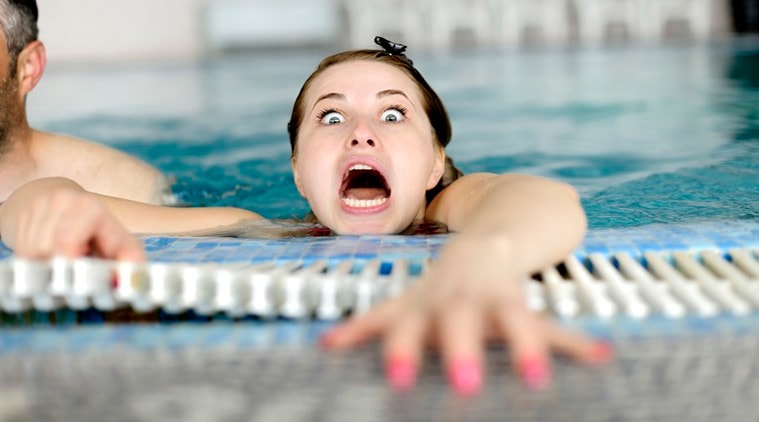
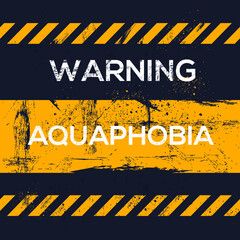
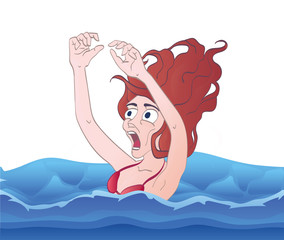


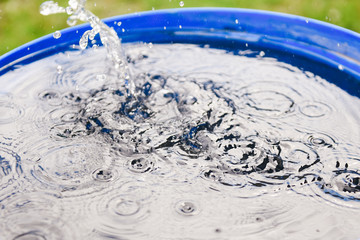

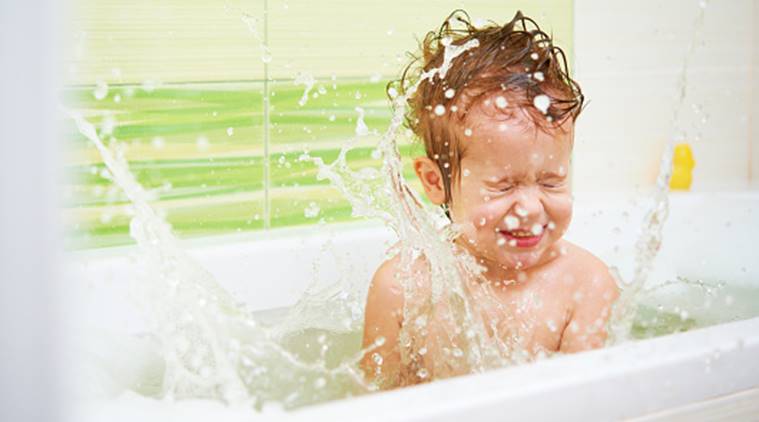

![Is Helium a Noble Gas? [ EDU Science ]](https://blogger.googleusercontent.com/img/b/R29vZ2xl/AVvXsEhnf4spv6HGlGiVe5Zu3zN6z4KP91ZQfpPrQurkHaeBksi6eOYDbVr1Cyvfd51AP99ebC48IwK2xsGZIarbflINNfC5_FFYrfqg3h1qNR01uUzM_umyNUg2S5c8aWHKQLjBYSE9UoHSIw/w100/cartoon-happy-frog_160606-288-removebg-preview+%25283%2529.png)
![What is aerodynamics?[ EDU Science ]](https://blogger.googleusercontent.com/img/b/R29vZ2xl/AVvXsEhN4R6-c-aaMLVew58tuGqq54Gu1bN6I1ICP_wLrCZPVI9UttDlBVIMNzn9OGrIlSJ8sGwgb5JBsH8E8eMxy-sjgUmOIZvBjcE8OWuPMOauTQdjFe1slakhBWpqfeqZB8HHnLouFN_uNg/w100/unnamed.jpg)
0 Comments
If you have any doubt let me know.